June 4, 2025 | 10:05 GMT +7
June 4, 2025 | 10:05 GMT +7
Hotline: 0913.378.918
June 4, 2025 | 10:05 GMT +7
Hotline: 0913.378.918
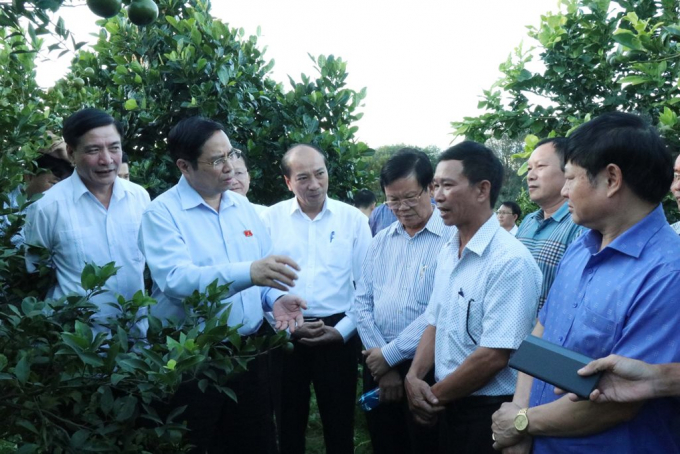
On January 28, 2022, Prime Minister Pham Minh Chinh signed Decision No. 150/QD-TTg approving “the 2021 - 2030 Strategy for Sustainable Agricultural and Rural Development - vision to 2050". Photo: TL.
A new era has come for Vietnam’s agriculture and countryside. stand before new opportunities and challenges. Industrialization and modernization have their pace hasten, plus integration along with new-generation FTAs means that “new and grand challenges equal new and grand opportunities”.
Upon the new context, on January 28th, 2022, Prime Minister Pham Minh Chinh signed Decision No. 150/QD-TTg approving “the 2021 - 2030 Strategy for Sustainable Agricultural and Rural Development - vision to 2050".
The strategy realizes the orientation of the Resolution of the 13th Party Congress, in which agricultural restructuring needs to be more in line with new rural construction. The development of agriculture should be promoted along with opportunities created from science, technology, innovation and market.
The strategy focuses on solving the current limitations, and at the same time providing orientation solutions to promote more sustainable development for Vietnam’s agricultural and rural. This can serve as a very good premise for the agricultural sector to restructure, innovate and thus develop.
Contemplating the meaning of this Decision No. 150, Minister Le Minh Hoan said, "For the first time ever, we have found ourselves a "treasure" that orients the entire agriculture and rural development sector. New mindset and approaches will help achieve major goals with a long-term vision."
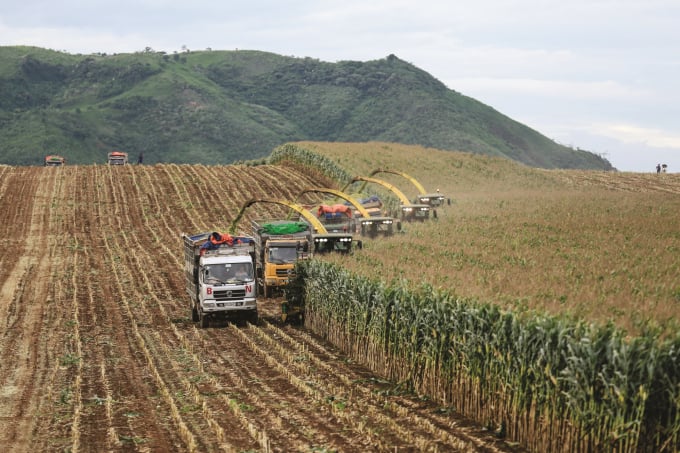
The goal is that by 2050 Vietnam will become one of the leading agricultural countries in the world. Photo: TL.
Decision No. 150/QD-TTg approving “ the 2021 - 2030 Strategy for Sustainable Agricultural and Rural Development - vision to 2050" demonstrates many new breakthroughs.
First of all, this is the first strategy on agriculture and rural development approved by the Prime Minister, clearly showing innovation in mindset as well as orientation for development towards particular sectors and fields instead of just setting out numbers or goals that are too specific.
The strategy clearly expresses the comprehensive, inclusive, and interdisciplinary spirit in the orientation and solutions for agricultural and rural development. Sustainable agriculture is constructed in the direction of "Ecological Agriculture - Vibrant Countryside - Innovative Farmers". Farmers and countryside are subjects that are more focused on this strategy, promising great improvement in the general conditions.
The strategy clearly states the need to transform agriculture from increasing output to ensuring quality, efficiency and green production, reducing emissions, and adapting to climate change; changing mindset from “producing what we have” to “producing what the market demand”; developing the agricultural economic mindset, integrating multi-value and interdisciplinary; creating connections between regions; making the most of local advantages.
To achieve the set goals, the strategy has emphasized and enhanced the role and position of farmers as the prime subject in the development of agriculture and rural areas in the future, affirming the decentralization of power to the people.
The strategy also highlights many breakthroughs in policies, particularly regarding the formalization of informal labor, facilitating the development of a fair labor market; renovating farmers' organizations and labor unions; developing land markets such as the property rights market and expanding the recipients of agricultural land transfer; creating conditions for cooperatives and farmers' organizations to participate in providing public services to members which include rural credit services.
During the strategy construction, a series of new and comprehensive perspectives on ‘agriculture - countryside - farmer’ has been introduced:
Firstly, reaffirm the strategic position of agriculture - countryside - farmer in the cause of industrialization and modernization, preservation and promotion of national cultural identity, and ecology and environment protection.
Secondly, shift from agricultural production thinking to agricultural economic thinking; integrate cultural, social and environmental values into products.
Thirdly, build a civilized countryside, with modern and synchronous infrastructure and services; preserve and promote good-natured cultural traditions; improve the environment in the direction of “green - clean - beautiful”; develop diversified rural economy, actively create rural livelihoods from non-agricultural activities; create proper jobs.
Fourthly, highlight that rural residents are the main subjects, the centers that gain benefits directly from the results of rural development activities; develop cooperative economy as a driving force for linking household economy and forming groups of professional farmers; further develop communities - the foundation of rural development.
Lastly, continue to perfect the socialist-oriented market economic institution in the fields of agriculture and rural development; strengthen the attraction for investment and the mobilization of resources to develop agriculture and rural areas through public-private partnerships.
The goal is that by 2050 Vietnam will become one of the leading agricultural countries in the world. Vietnam will rise with a modern, efficient and environmental-friendly agricultural product processing industry. The countryside will no longer have households surrounded by poverty and becomes a "place worth living", “green - clean - beautiful”, civilized with high living conditions, income approaching the urban standards, and closely connected and harmonious with urban areas.
Main goals by 2030
To step by step towards the above vision, the strategy has set out a number of key goals by 2030:
GDP growth rate of agriculture, forestry and fishery reaches an average of 2.5 -3%/year. The growth rate of labor productivity in agriculture, forestry and fishery reaches an average of 5.5 - 6%/year. The growth rate of the export value of agro-forestry-fishery products reaches an average of 5-6%/year.
The income of rural residents is 2.5-3 times higher than in 2020. The rate of multidimensional-poor households in rural areas decreases by 1-1.5%/year on average. The proportion of agricultural laborers in the total social labor decreases to less than 20%. The rate of trained agricultural workers reaches above 70%.
The whole country has at least 90% of communes meeting new rural standards, of which 50% of the communes meet the newly enhanced rural standards. Greenhouse gas emissions will be reduced by 10% compared to 2020. The forest cover rate is stable at 42%. Forest areas certified for sustainable forest management surpass 1 million ha.
Translated by Samuel Pham
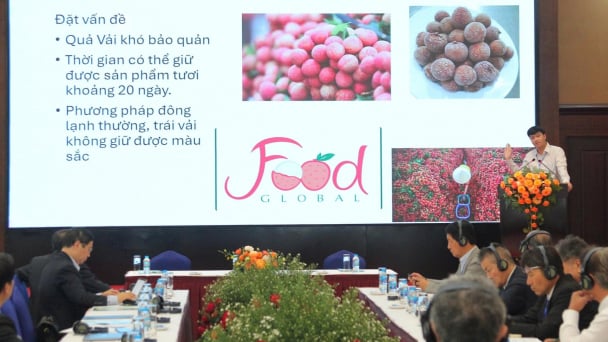
(VAN) VAAS and numerous Vietnamese enterprises have signed cooperation agreements with Japanese partners to promote agricultural technology and trade connectivity.
/2025/05/29/5625-12-214801_567.jpg)
(VAN) Provincial mergers in the Mekong Delta promise to streamline administration, expand inter-provincial raw material areas, and foster close linkages in agricultural value chains, benefiting both businesses and cooperatives.
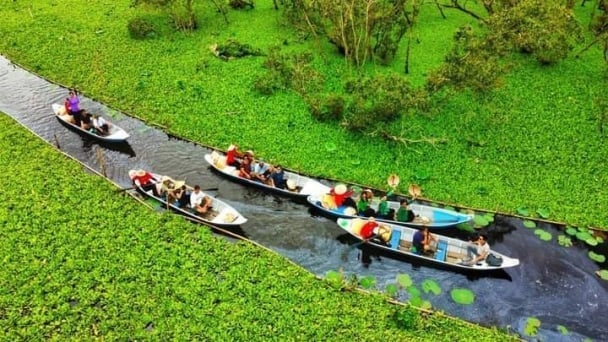
(VAN) Merging Mekong Delta provinces contributes to the expansion of agricultural raw material areas, addressing previous constraints caused by provincial boundaries. Additionally, this expansion will reduce costs and strengthen linkages between businesses, cooperatives, and farmers.
/2025/05/29/1043-2-153730_145.jpg)
(VAN) The Government's policy to merge provincial-level administrative units opens up major opportunities for the Mekong Delta region to reshape its agricultural development strategy toward large-scale production, effective regional linkages, and sustainability.
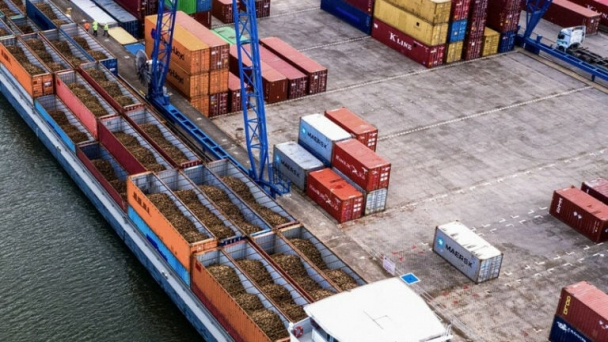
(VAN) The mutual export of agrifood products between the European Union (EU) and the United Kingdom (UK) must occur again without certification, border controls or other red tape. This was agreed at the UK-EU summit.
/2025/05/22/5121-2-173645_677.jpg)
(VAN) NBSAP Tracker identifies strengths and areas for improvement in the National Biodiversity Strategy, based on each region’s priorities and capacities.
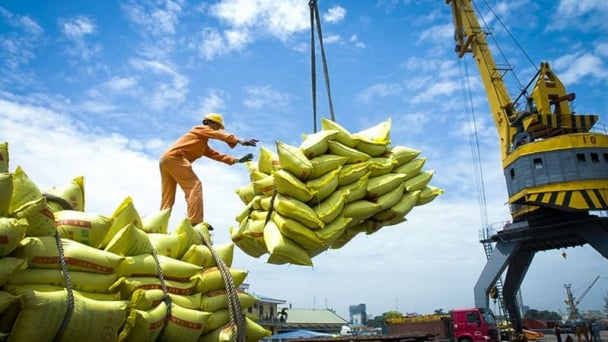
(VAN) The draft amendment to the Circular on rice export trading stipulates a periodic reporting regime for rice exporting enterprises.